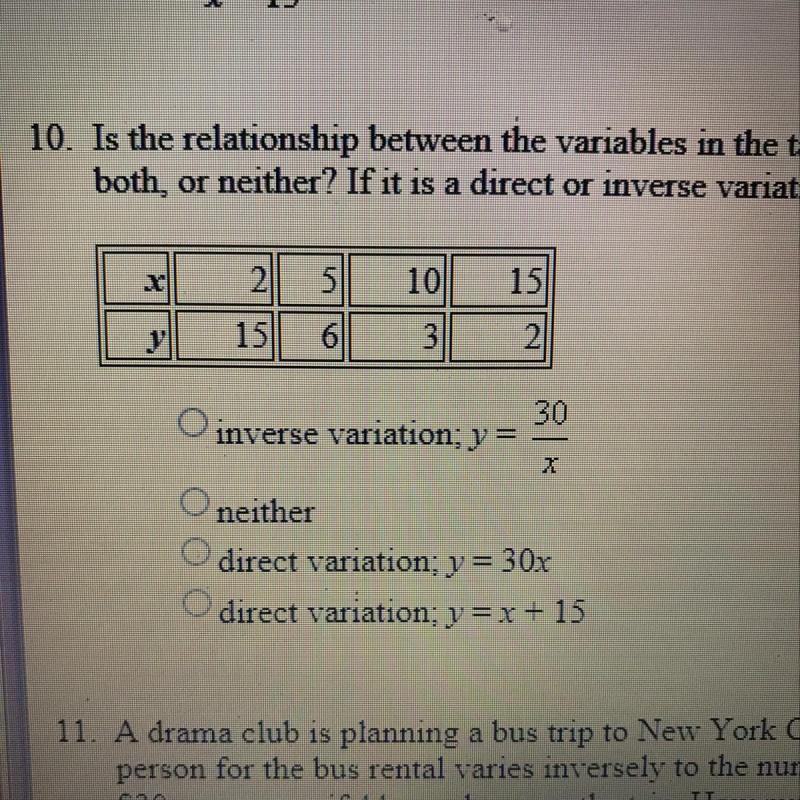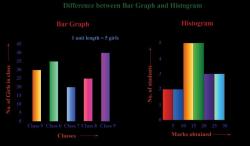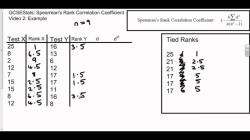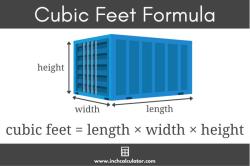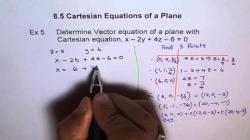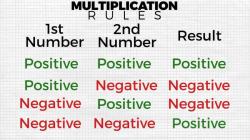How are direct variations different from inverse variations?
Direct and inverse variations are two types of mathematical relationships between two variables. Let's explore the key differences between direct and inverse variations:
Direct Variation:
- Definition: In a direct variation, two variables are said to be directly proportional if an increase in one variable corresponds to a proportional increase in the other, and a decrease in one variable corresponds to a proportional decrease in the other.
- Mathematical Representation: If is directly proportional to , it is often expressed as , where is the constant of proportionality.
- Graphical Representation: The graph of a direct variation is a straight line passing through the origin (0,0) with a slope equal to the constant of proportionality.
Inverse Variation:
- Definition: In an inverse variation, two variables are said to be inversely proportional if an increase in one variable corresponds to a proportional decrease in the other, and vice versa.
- Mathematical Representation: If is inversely proportional to , it is often expressed as , where is the constant of proportionality.
- Graphical Representation: The graph of an inverse variation is a hyperbola, a curve that approaches but never reaches the axes.
Constant of Proportionality:
- Direct Variation: The constant of proportionality () in direct variation represents the ratio of the two variables when one is divided by the other.
- Inverse Variation: The constant of proportionality () in inverse variation represents the product of the two variables.
Behavior with Changes:
- Direct Variation: Both variables increase or decrease together.
- Inverse Variation: As one variable increases, the other decreases, and vice versa.
Examples:
- Direct Variation: The relationship between distance () and time () in uniform motion, where , and is the speed.
- Inverse Variation: The relationship between the product of two quantities () and the sum of those quantities (), where .
In summary, direct variation implies that two variables change in the same direction, while inverse variation implies that as one variable increases, the other decreases proportionally. The mathematical representations and graphical representations of these relationships are distinct and can be used to identify the type of variation in a given scenario.
How do direct variations differ from inverse variations in mathematics?
- A poem:
The world is a beautiful place,
Full of wonder and grace.
There is so much to see and do,
From the tallest mountain to the deepest sea.
The people of the world are diverse,
With different cultures and beliefs.
We can learn from each other,
And build a better future together.
The future is full of possibilities,
And we can make it a better place.
Let us work together,
To create a world of peace and prosperity.
- A short story:
Once upon a time, there was a young girl named Alice who lived in a small village. She was a curious and adventurous girl, and she loved to explore the woods near her home.
One day, Alice was exploring the woods when she came across a strange hole. She peered down the hole, and she saw a long, winding tunnel. Alice was curious about where the tunnel led, so she decided to climb down.
Alice fell for a long time, and when she finally landed, she found herself in a strange and wonderful world. The world was full of talking animals, magical creatures, and amazing sights. Alice had many adventures in this new world, and she learned a lot about herself and the world around her.
Eventually, Alice returned home, but she never forgot her adventures in Wonderland. She told stories of her time there to everyone she met, and she inspired others to explore the world around them.
- A news article:
New Study Finds That Climate Change Is Accelerating
A new study published in the journal Nature has found that climate change is accelerating. The study, which was conducted by a team of scientists from around the world, found that the rate of global warming has increased by 1.1% per decade since 1990.
The study's findings are significant because they suggest that climate change is a more serious threat than previously thought. The study's authors warn that if we do not take action to reduce greenhouse gas emissions, the consequences of climate change will be catastrophic.
The study's findings are also important because they provide new evidence that climate change is caused by human activity. The study's authors found that the increase in global warming cannot be explained by natural causes.
The study's findings are a wake-up call to the world. They show that we must take action to reduce greenhouse gas emissions and mitigate the effects of climate change.
- A blog post:
The Benefits of Reading
Reading is a great way to learn new things, expand your vocabulary, and improve your writing skills. It can also help you relax and de-stress.
Here are some of the benefits of reading:
- Improved literacy: Reading helps you develop your reading comprehension and vocabulary skills.
- Enhanced creativity: Reading can help you develop your imagination and creativity.
- Increased empathy: Reading can help you understand different perspectives and cultures.
- Reduced stress: Reading can help you relax and de-stress.
If you're not a regular reader, I encourage you to start reading more. There are many great books out there that can help you learn and grow.
Here are some tips for getting started with reading:
- Find a genre that you enjoy. There are many different genres of books, so there's sure to be something that you'll like.
- Start with shorter books. If you're not used to reading, start with shorter books that are easier to digest.
- Set aside time each day to read. Even if it's just for 30 minutes, make time to read every day.
Reading is a great way to improve your life. So what are you waiting for? Start reading today!
I hope you enjoyed these examples. I can generate content on a variety of topics, including fiction, nonfiction, and news. I can also generate creative text formats, like poems, code, scripts, musical pieces, email, letters, etc.
